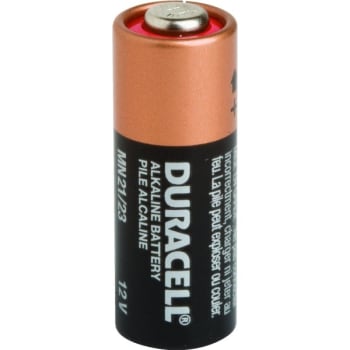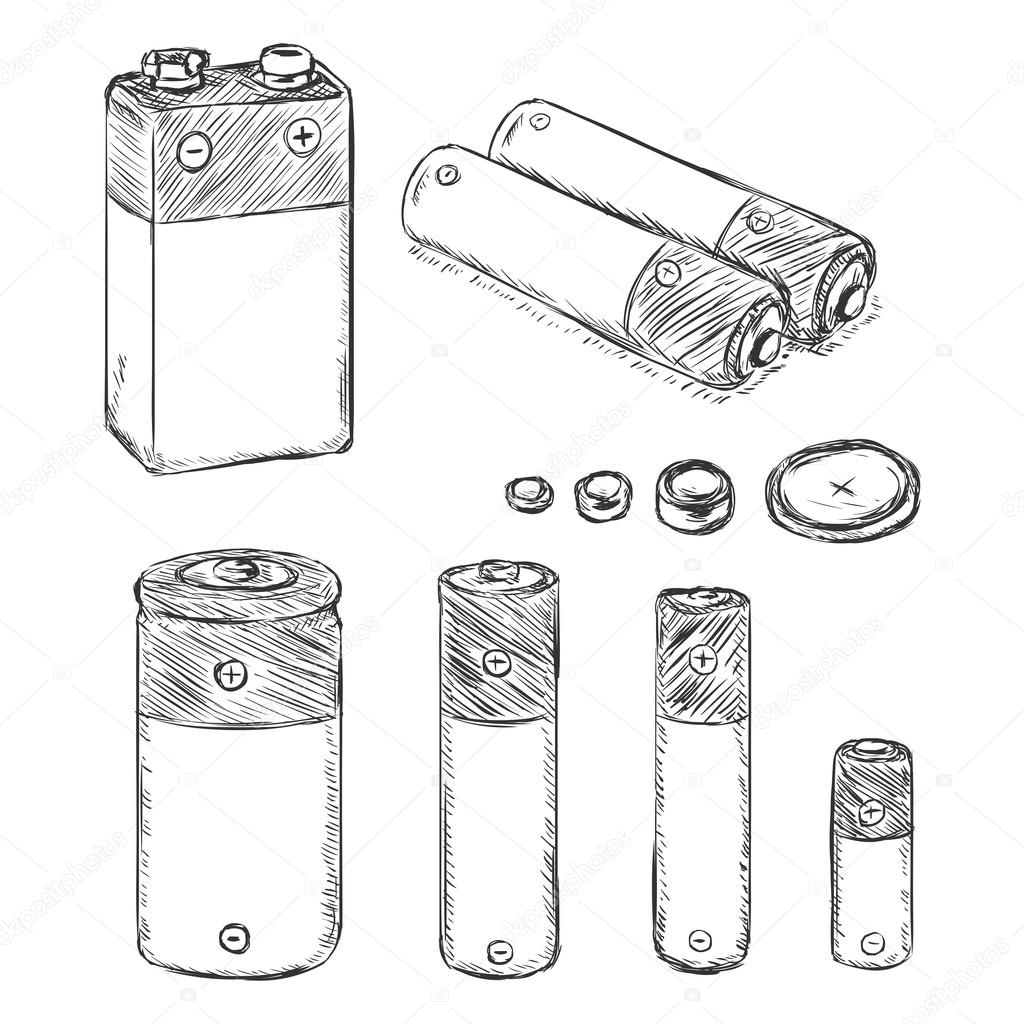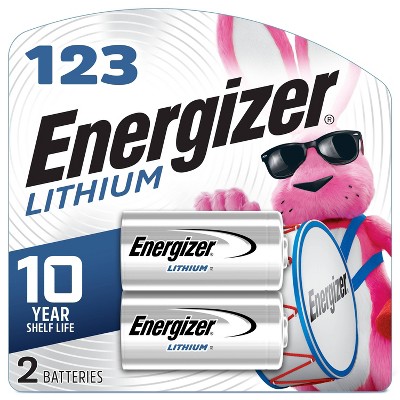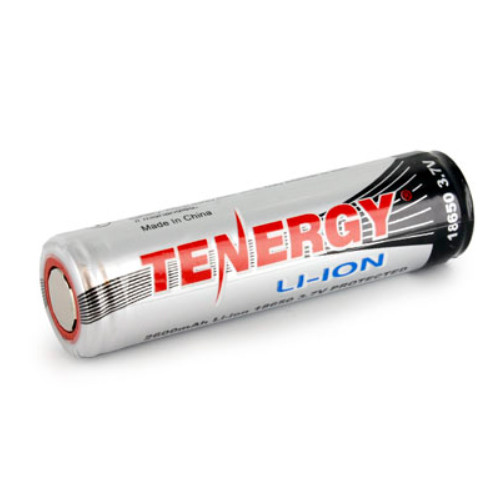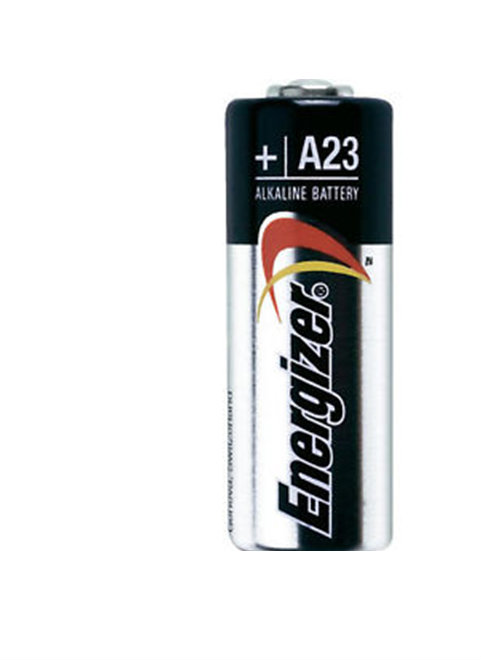
Amazon.com: 【5-Year Warranty】 CELEWELL A23 23A Alkaline (5-Pack) Battery Same as 23AE L1028 MN21 : Health & Household

Amazon.com: Energizer A23 Battery Compatible with Eveready A23 Battery Combo-Pack Includes: 2 x A23 Batteries - Repack : Health & Household
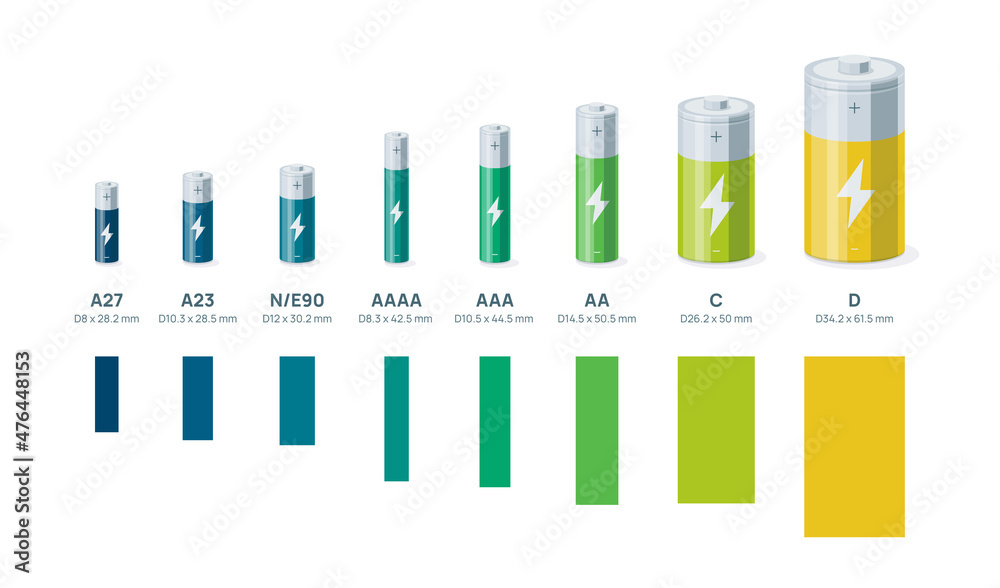
Cylinder battery cells compare. Rechargeable lithium li-ion alkaline accumulator batteries components. Group of different sizes. Isolated vector illustration on white background. Stock Vector | Adobe Stock
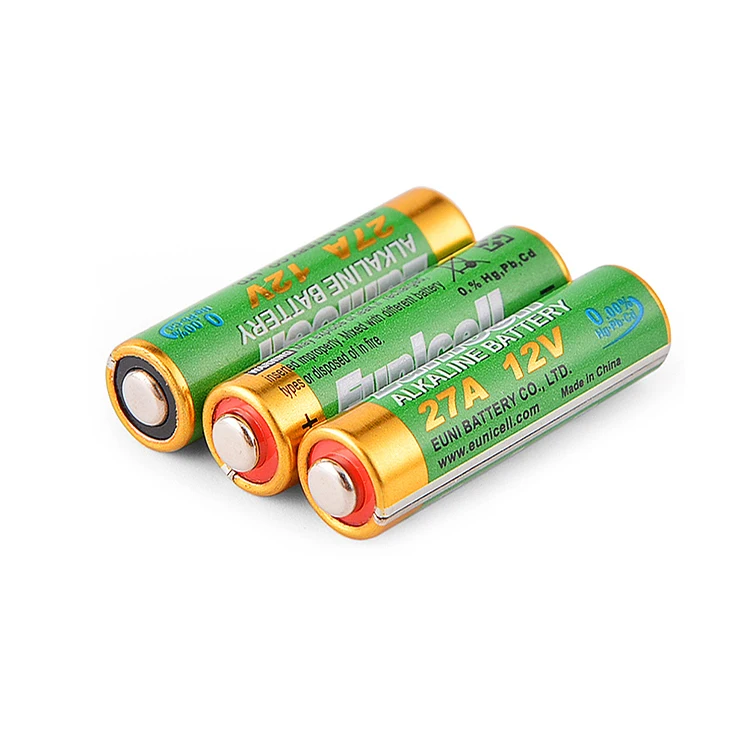
Mercury Free 0% Hg Super Alkaline Battery Lithium Battery 12v 23a - Buy 23a A23 12v Alkaline Battery,12v Dry Battery 23a 27a,Super Alkaline Battery12v A23 A27 Mn21 Product on Alibaba.com

Mercury Free 0%hg Super Alkaline Battery Lithium Battery 12v 23a A23 Mn21 - Buy Eunicell Batteries Alkaline Lr23a Mn21 Battery 12v 23a 23ga E23a Gp-23a Lr23a,23a A23 12v Alkaline Battery 27a 4lr44


